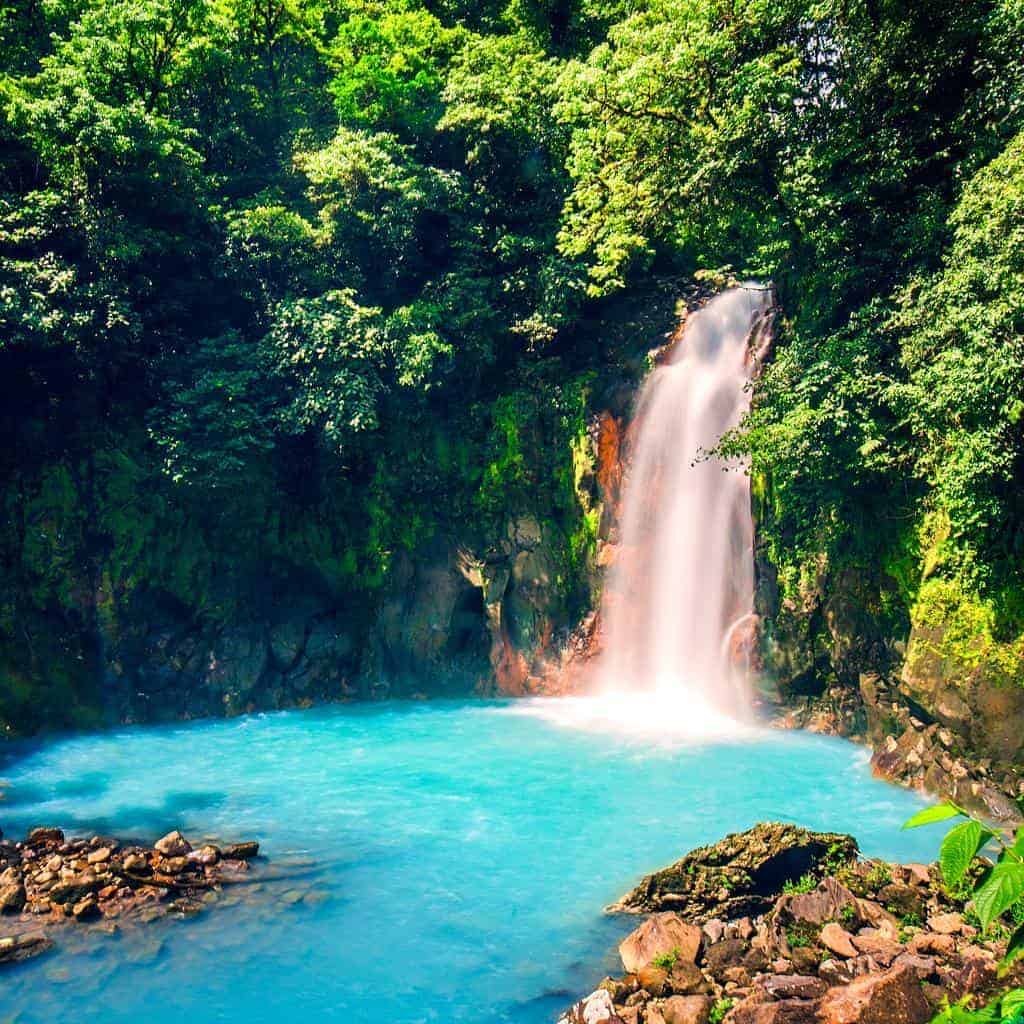As everyone knows by now, our country stands out for its strong focus on protecting the environment. It leads in conservation efforts, manages its natural resources well, and supports ecotourism that lasts. It shows how people can share space with nature effectively.
This Sunday, August 24, marks National Parks Day, and entry to all national parks comes at no cost. The Ministry of Environment and Energy (MINAE) extends this to the 11 conservation areas, 29 parks, and 152 protected wild areas across the country. These spaces cover 25.5% of Costa Rica’s land, totaling over 13,000 square kilometers. Both locals and visitors from abroad qualify for free admission, thanks to a decree from 1986.
Authorities point to several spots worth checking out during this free day. Carara National Park offers trails through forests with native trees like the cafecillo. Near the Central Valley, the volcanoes Irazú, Poás, and Turrialba provide easy access and views of active craters and highland landscapes. Each site brings something different, from coastal shores to mountain peaks, adding to Costa Rica’s diverse natural setup.
Standout parks draw crowds year-round. Manuel Antonio National Park tops the list for visitors. It features light-colored beaches, paths through thick vegetation, and chances to spot all four monkey types in Costa Rica: capuchin, howler, spider, and squirrel. On the Osa Peninsula, Corcovado National Park holds about 3% of global biodiversity. National Geographic once called it one of the most life-packed places on Earth.
Along the Pacific, Marino Ballena National Park is known for its beach shaped like a whale’s tail and the yearly visits from humpback whales. These parks, among others, protect key ecosystems and support research, learning, and tourism that benefits communities.
Franz Tattenbach from MINAE said the government aims to spread word about this free access. “We want this decree better known and to invite everyone to come see these areas without charge,” he noted. “The point is to remind people here that these protected spots are theirs.”
Costa Rica’s system of protected areas started decades ago and continues to grow. It began with early parks like Poás Volcano in 1955 and has expanded to include marine zones and wildlife refuges. This network helps fight climate change by storing carbon and maintaining water sources. It also draws researchers who study everything from tropical diseases to rare species.
For families or solo travelers, a visit this Sunday offers a simple way to connect with nature. Pack water, wear comfortable shoes, and bring binoculars for wildlife watching. Many parks have basic facilities but check specifics online before heading out.
To join in, book your spot ahead through the SINAC website at www.sinac.go.cr. Some locations allow reservations by email, phone, or right at the entrance, but planning early avoids lines. Follow park rules and listen to rangers to keep these places safe for future trips.
Events like this highlight our country’s commitment to sharing its natural wealth. With free entry, more people can experience why our country earns praise for its green policies. If you’ve never gone, this weekend provides a good start.






